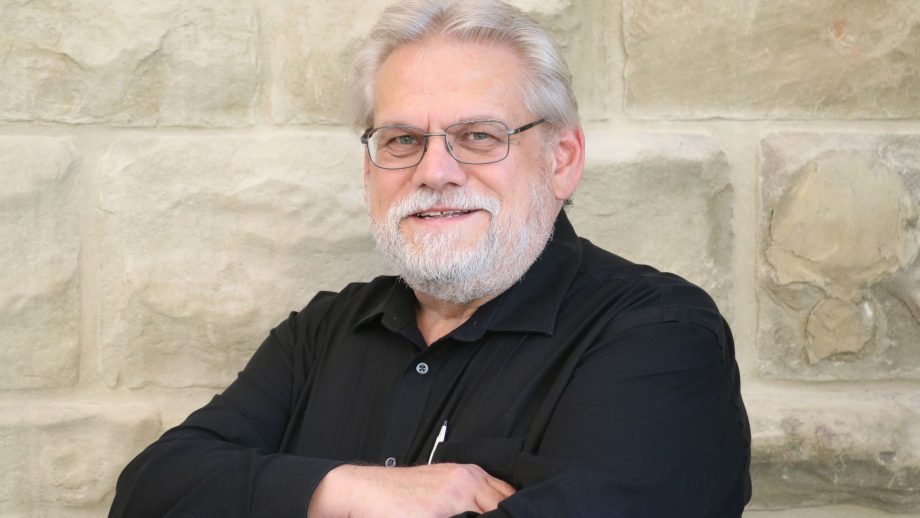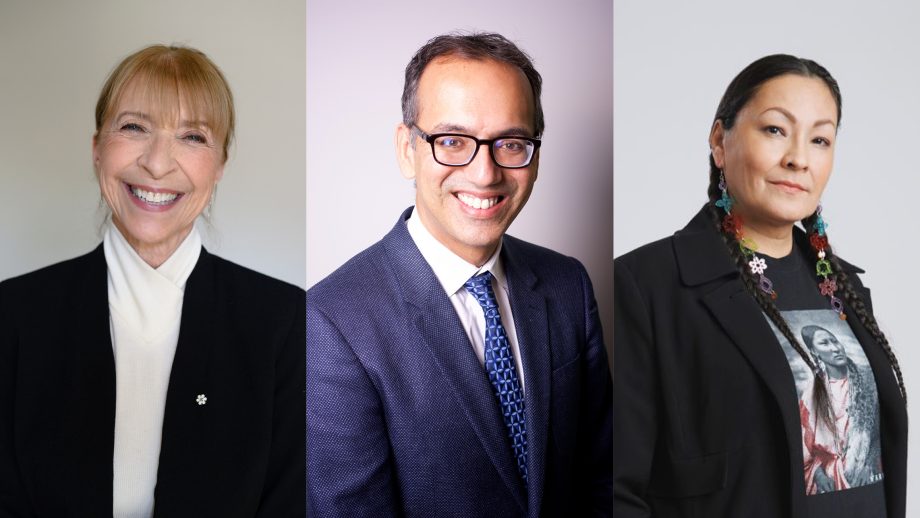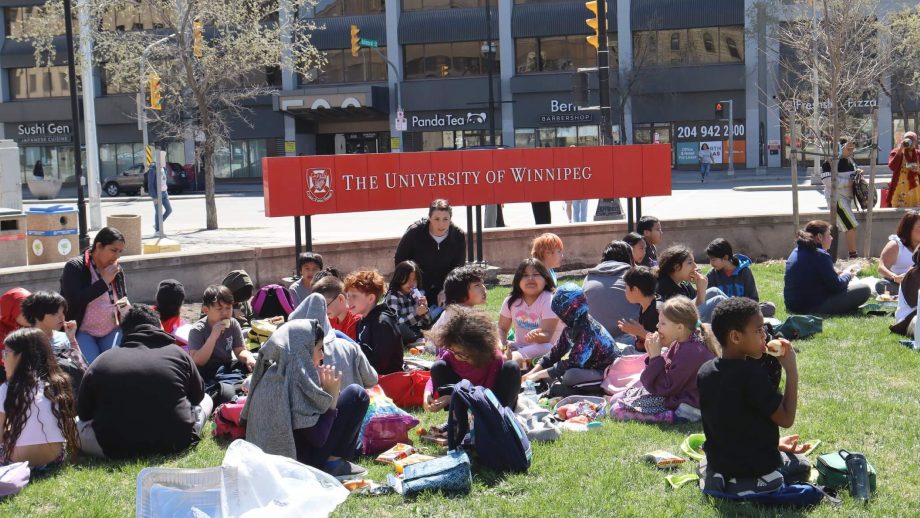
Future site of the Healing Forest in St. John’s Park / Photo credit: Lee Anne Block
It’s one of the oldest parks in Winnipeg, and thanks to the efforts of a UWinnipeg professor and community leaders, St. John’s Park will now be home to a new memorial for Indigenous children lost to the residential school system and outdoor learning place.
Titled the Healing Forest Project, the “living memorial” will be a key part of the redevelopment of the park, which is located in the heart of Winnipeg’s North End. As part of a larger initiative spearheaded by the National Centre for Truth and Reconciliation (NCTR), the project will be one of several community-led memorials across Canada.
When Lee Anne Block, Associate Professor in the Faculty of Education, first heard about the opportunity from the NCTR, she immediately knew the perfect place for it.
“It just clicked, and I knew it should be in St. John’s Park,” said Block. “I grew up near that area; I taught in it. Geographically it made sense — right on Main Street. There are memorials to settlers and war veterans there, but this (an Indigenous memorial) was missing.”
Block is also working with nearby schools to develop place-based learning programs at the memorial to connect students to their histories and cultivate citizenship and sustainability.
“There’s a lot of healing that needs to happen in that part of the city. This will create a reflective learning space not just for kids, but for adults too.”
Kyle Mason, Founder and Executive Director of the North End Family Centre and project partner, agrees that the location is a fit.
“The Healing Forrest will be a great addition to St. John’s Park, the North End, and Winnipeg as a whole. This will be a wonderful, sacred place for learning, healing, and reconciliation,” said Mason. “Both of my parents are residential school survivors, so this project means a lot to my family and me. I also like the fact that the Healing Forrest is not a memorial, but a space to remember, heal, and continue our efforts of reconciliation as a society together.”
The Healing Forest design will be based on Anishinaabe tradition, and will include a circular layout of trees and benches facing inward to encourage contemplation. A medicine wheel garden will be located adjacent to the main site, while a plaque from the NCTR will commemorate its designation as a Healing Forest. Block, an avid gardener, also hopes to include a raspberry patch.
“I’d like to represent different stages of growth, so that children going there now will be able to witness it. A raspberry patch grows much faster than a tree.”
Construction of the Healing Forest is expected to begin in spring 2018.
To contribute to the Healing Forest Project, please contact:
Lee Anne Block | 204-786-9855 | la.block@uwinnipeg.ca
Or visit facebook.com/healingforestproject.




